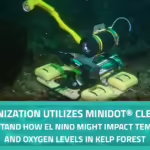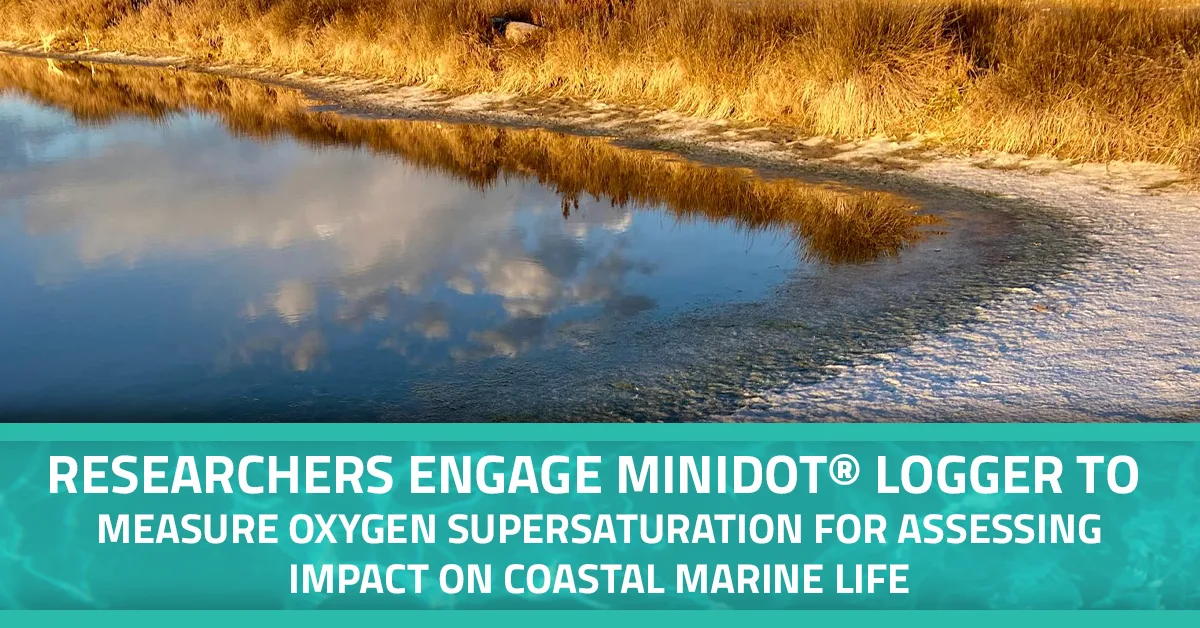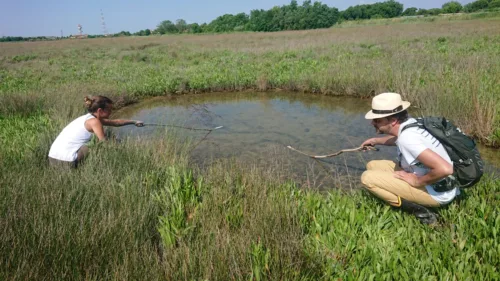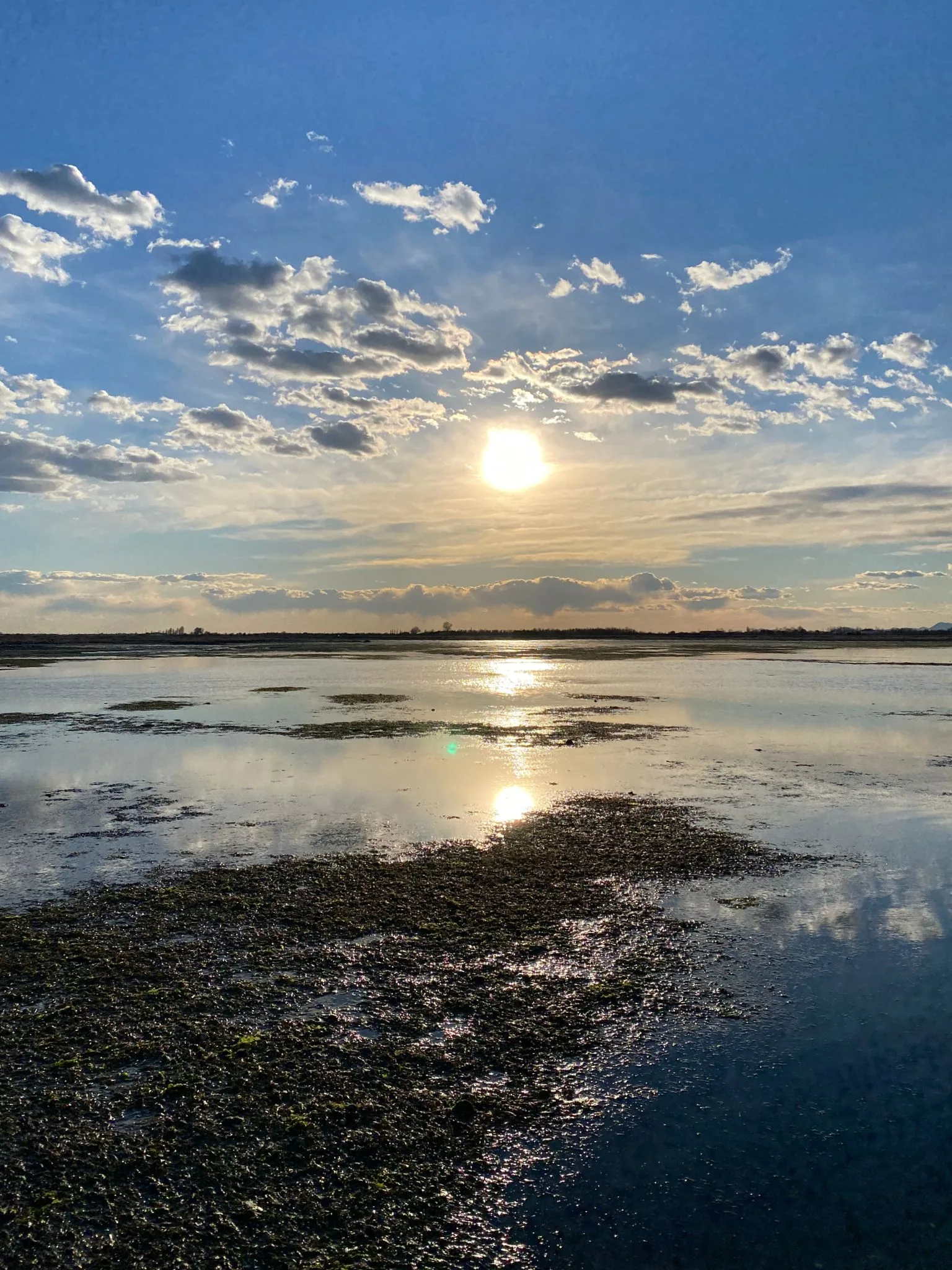
Watching Earth and Nature Unlimited (WENU) Organization Utilizes miniDOT® Clear Loggers To Understand How El Nino Might Impact Temperature and Oxygen Levels In Kelp Forest
October 15, 2024Researchers Engage miniDOT® Logger to Measure Oxygen Supersaturation for Assessing Impact on Coastal Marine Life
Project Details
- PRODUCT(S): miniDOT® Logger
- APPLICATION: Coastal/Ocean
- PARAMETER: Dissolved Oxygen, Temperature
- LOCATION: The Red Sea and Venice Lagoon (Research team based in Italy)
- ORGANIZATION: University of Padova in collaboration with KAUST (Saudi Arabia) and Edinburgh Napier University (Scotland)
- RECOGNITION: Dr. Alberto Barausse, Dr. Marco Fussi, and Dr. Folco Giomi

When a university research team based in Italy and studying coastal ecosystems was looking for a tool to measure oxygen supersaturation for assessing its impact on coastal marine life in two related studies, they turned to the miniDOT® logger to provide specific data on short temporal and small spatial-scale oxygen fluctuations.
Marine ecosystems are heavily influenced by short-term and small-scale variations in oxygen levels. The reduction of dissolved oxygen in oceans poses a threat to marine life and biogeochemical cycles, but using models that primarily focus on large-scale temporal and spatial averages could result in inaccurate forecasts of future oxygen levels. Large-scale models often overlook these fluctuations, such as the frequent occurrence of high oxygen supersaturation on a daily basis in highly productive ecosystems like coral reefs, seagrass meadows and mangrove forests, as well as the spatial variability in oxygen availability at microclimatic scales.
Research Goals
To avoid any overlooking of fluctuations from large scale-models, the team’s research focused on understanding how the small-scale temporal and spatial changes in oxygen are critical in regulating biogeochemical cycles and influencing marine life responses to stressors like heat and hypoxia. To make accurate predictions about the effects of ocean and coastal deoxygenation, the team wanted to better understand the dynamics of dissolved oxygen. This required them to measure finer-scale projections of oxygen fluctuations relevant to marine biogeochemical processes and ecosystems.
In gaining an understanding of these processes and ecosystems, the team chose to conduct their studies in a world-famous coastal lagoon under siege by multiple human pressures and climate change, the Venice Lagoon, and in a marine ecosystem that is known to be the warmest one on earth, the Red Sea. The Red Sea, a sea inlet of Indian Ocean, presents a unique opportunity for researchers to see even the most miniscule fluctuations in oxygen fluctuations in the highest ocean temperature environment on earth with summer temperatures reaching 32 degrees Celsius (89.6 F) for seagrass meadows, coral reefs and mangrove stands.
Seagrass meadows, coral reefs and mangrove stands represent three of the most widespread biogenic coastal habitats in the Red Sea. Seagrass meadows are also found in the Venice Lagoon. In essence, the research team wanted to see if the diel (24-hour period) oxygen oscillations were ubiquitary and if they may affect the survival under heat stress of species living in these waters.
Equipment and Methods

The miniDOT® Logger was used in a high-frequency monitoring dataset of dissolved oxygen concentration and water temperature, recorded every 5 minutes in seagrass meadows, coral reefs and mangrove stands. Ultimately, the miniDOT® logger was instrumental in the team identifying a regular and distinct diel cycle, or 24-hour pattern in both oxygen and temperature.
The miniDOT® detected that during the day, oxygen levels increased in tandem with rising temperatures, a positive correlation driven by photosynthetic oxygen production, enhanced by light availability and warmer water. At night, oxygen consumption from community respiration coincided with decreasing temperatures. This finding demonstrates that biological processes play a dominant role in controlling oxygen levels in these coastal waters, outweighing the reduction in oxygen solubility due to rising temperatures.
Results

The team ultimately discovered that 1) species living in these areas surprisingly exhibited increased thermal tolerance when exposed to hyper-oxygenated waters, and that 2) the 24-hour cycle indicated the daily fluctuations of the two monitored time series are in nearly synchronous phase, with peaks of water temperature matching the time of maximum dissolved oxygen concentration. Since both the Venice Lagoon and the Red Sea are warming fast, for example the Red Sea is warming at a rate higher than the average for oceans, this research reveals that diel (24-hour period) oxygen saturation occurring cyclically in coastal habitats globally may represent a neglected source of resilience to thermal stress for biodiversity under climate change.

